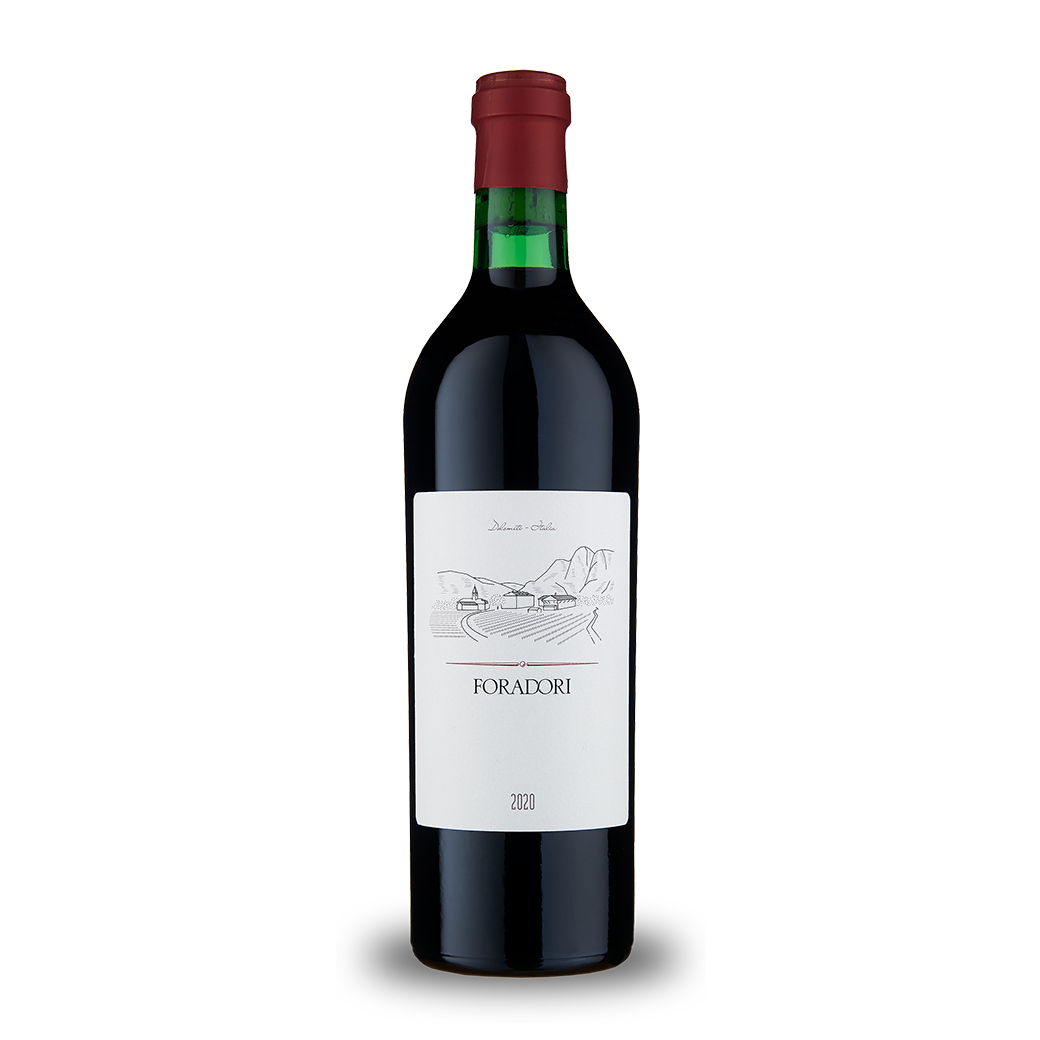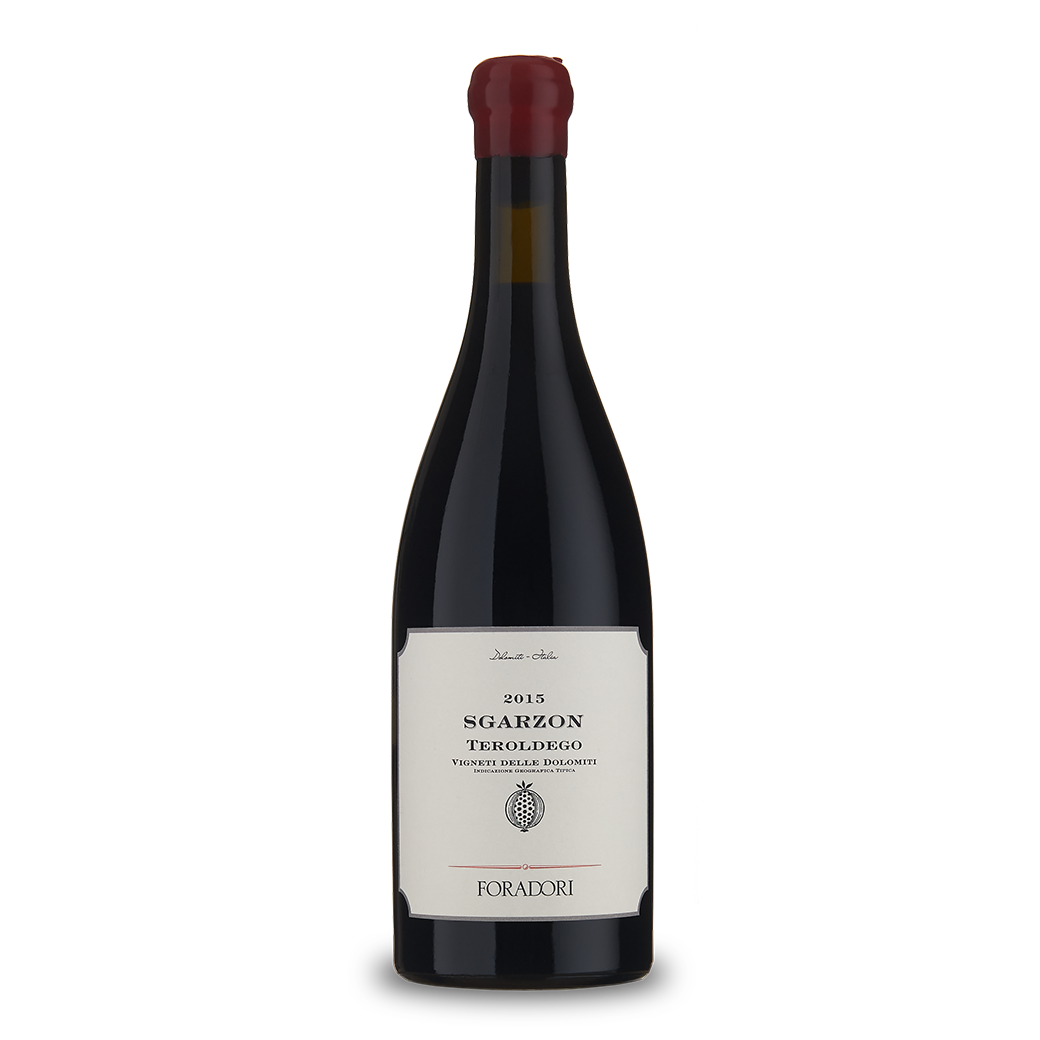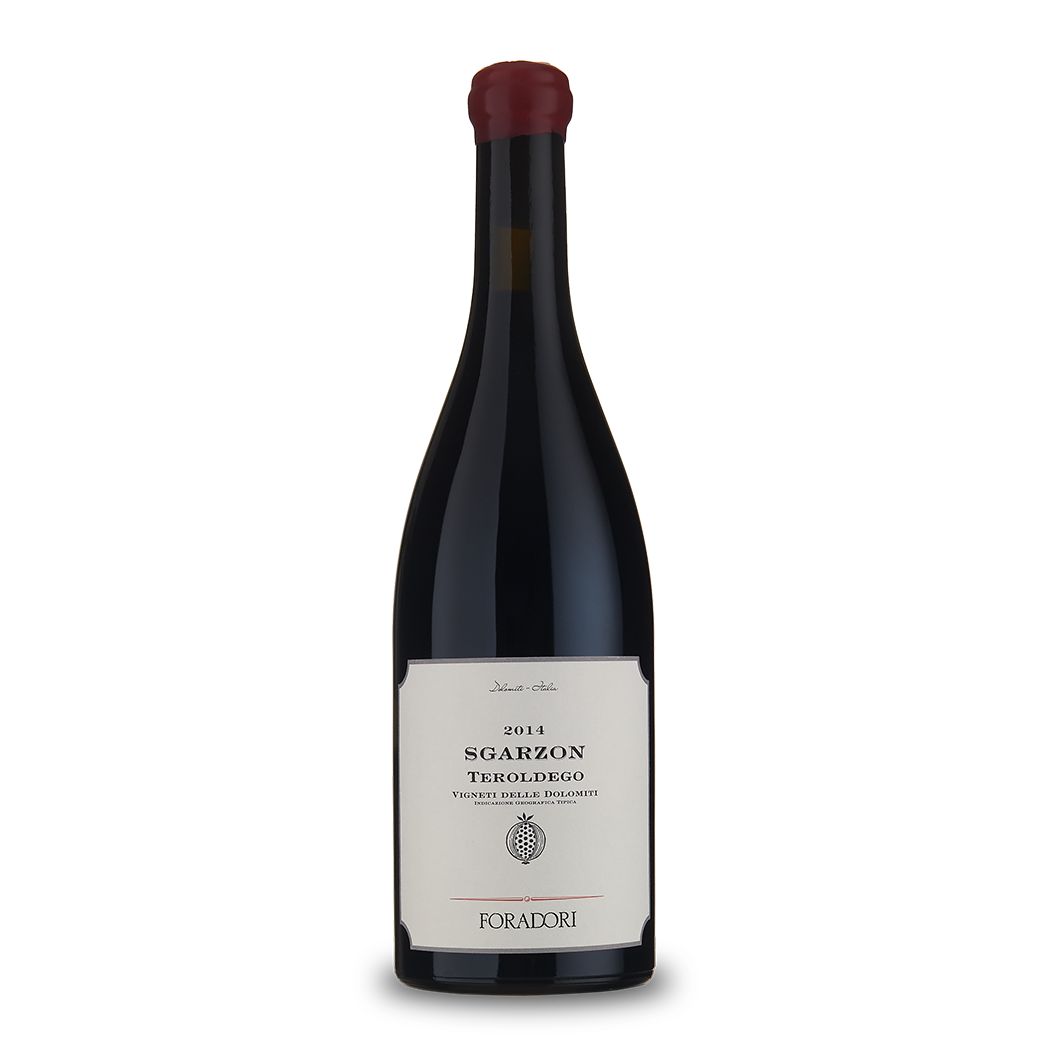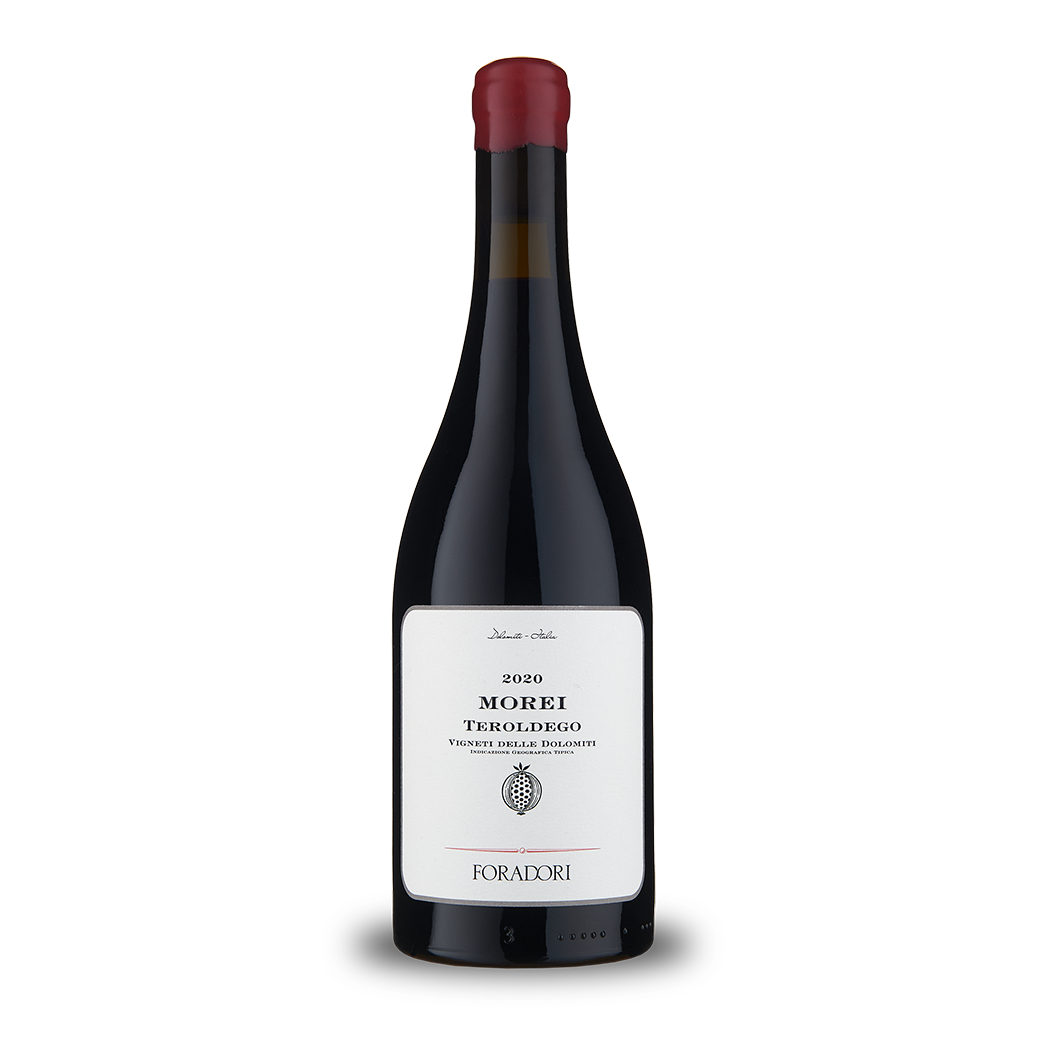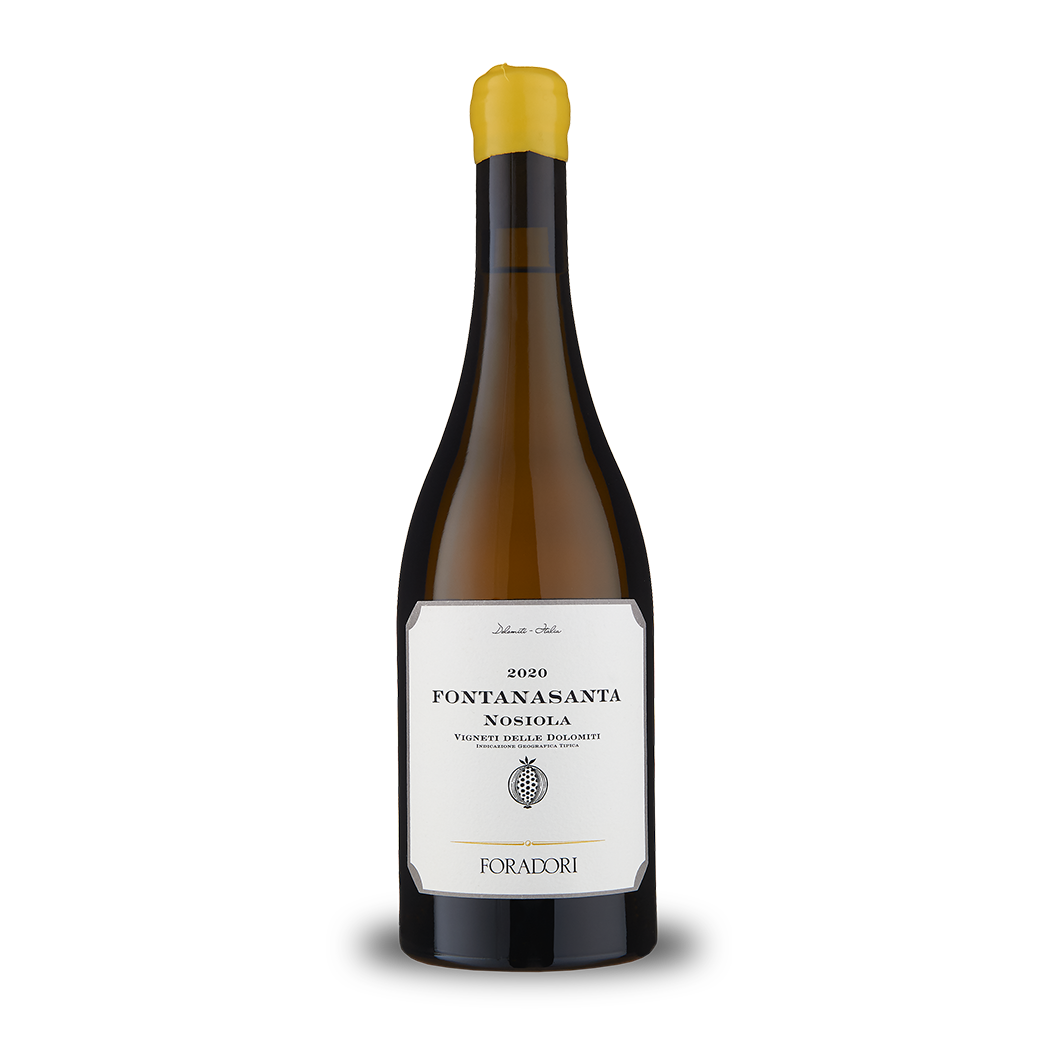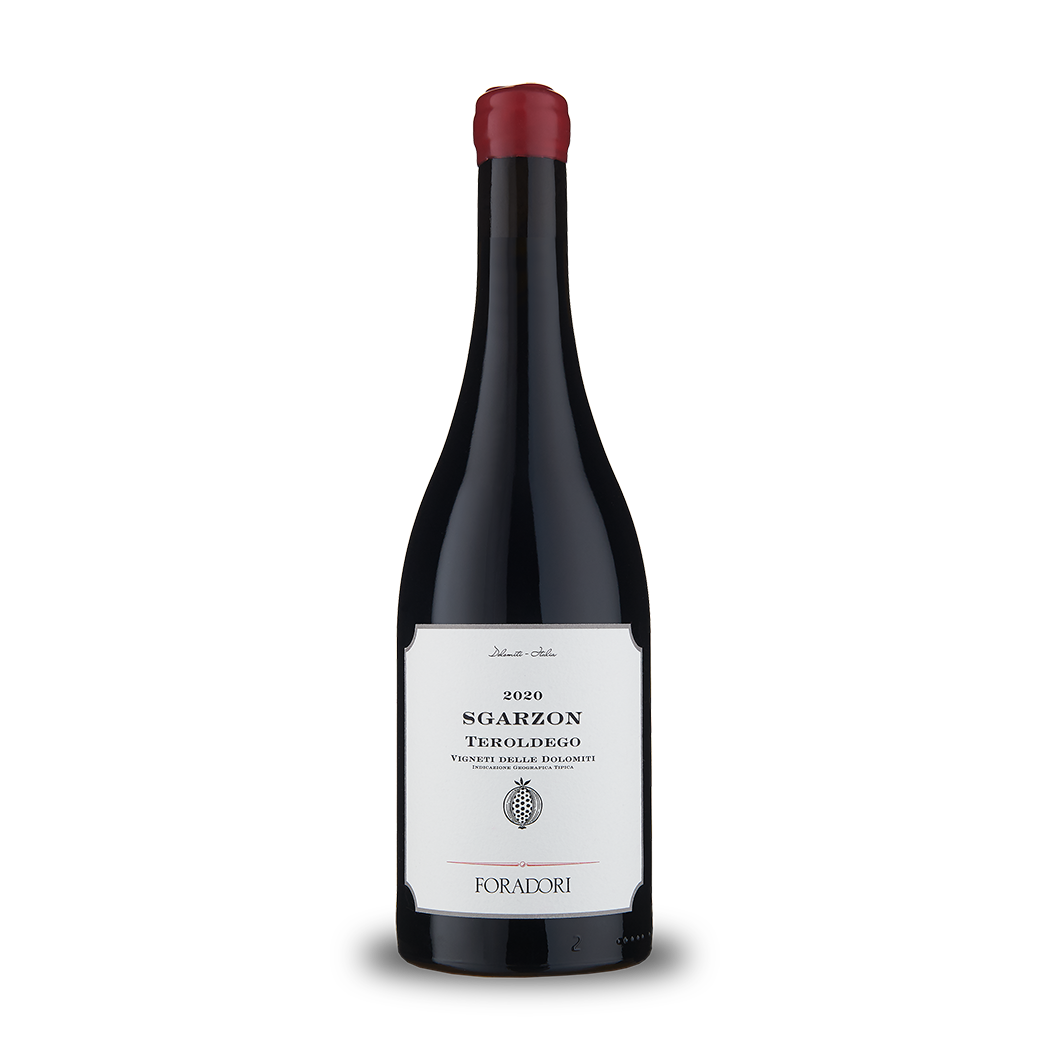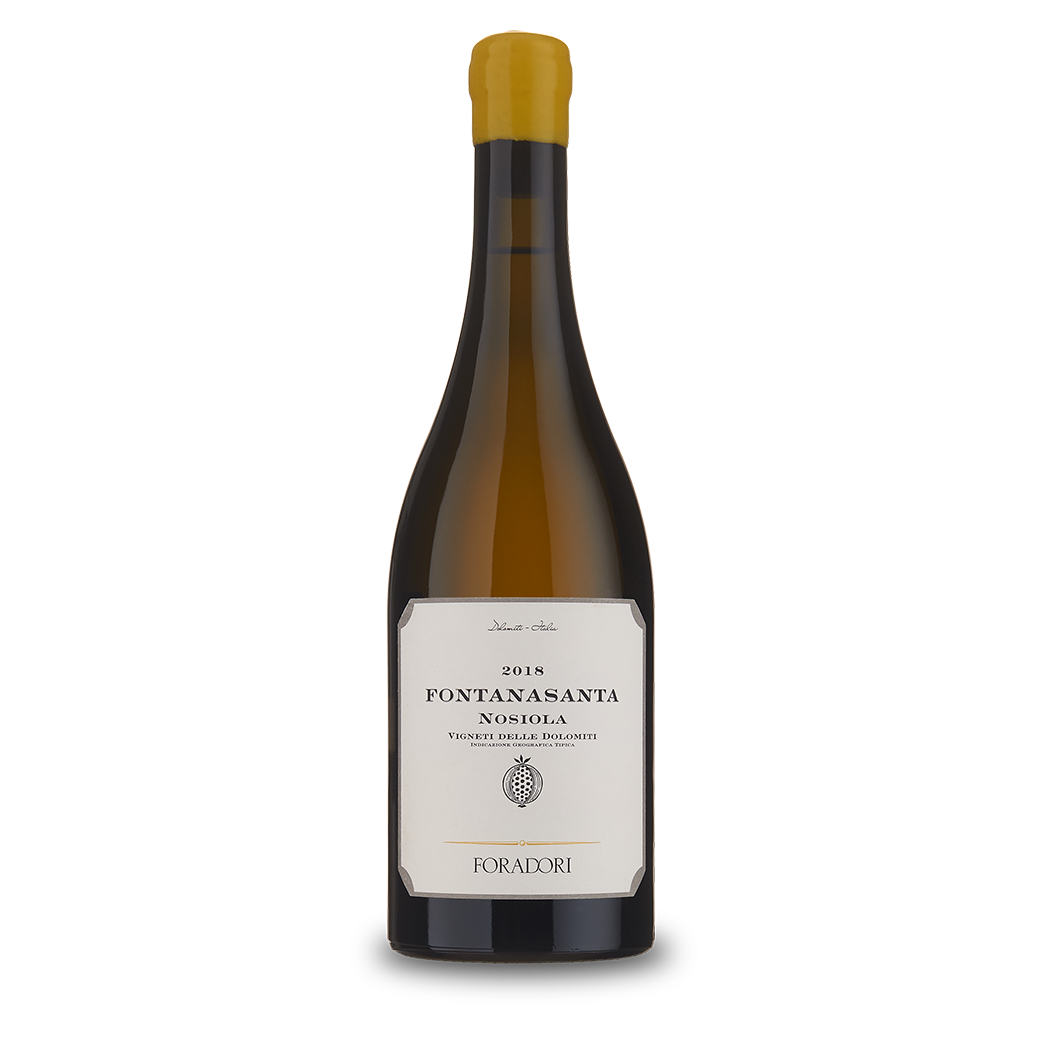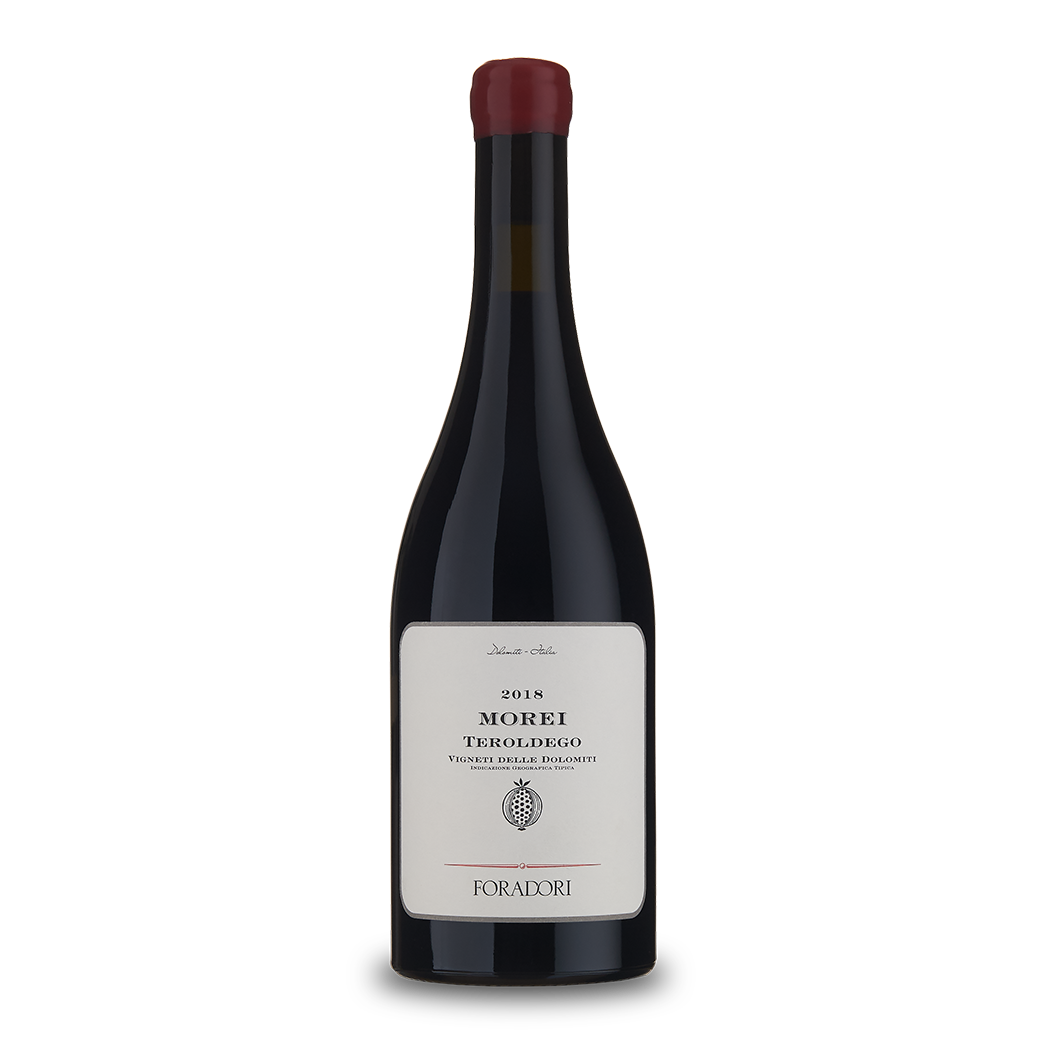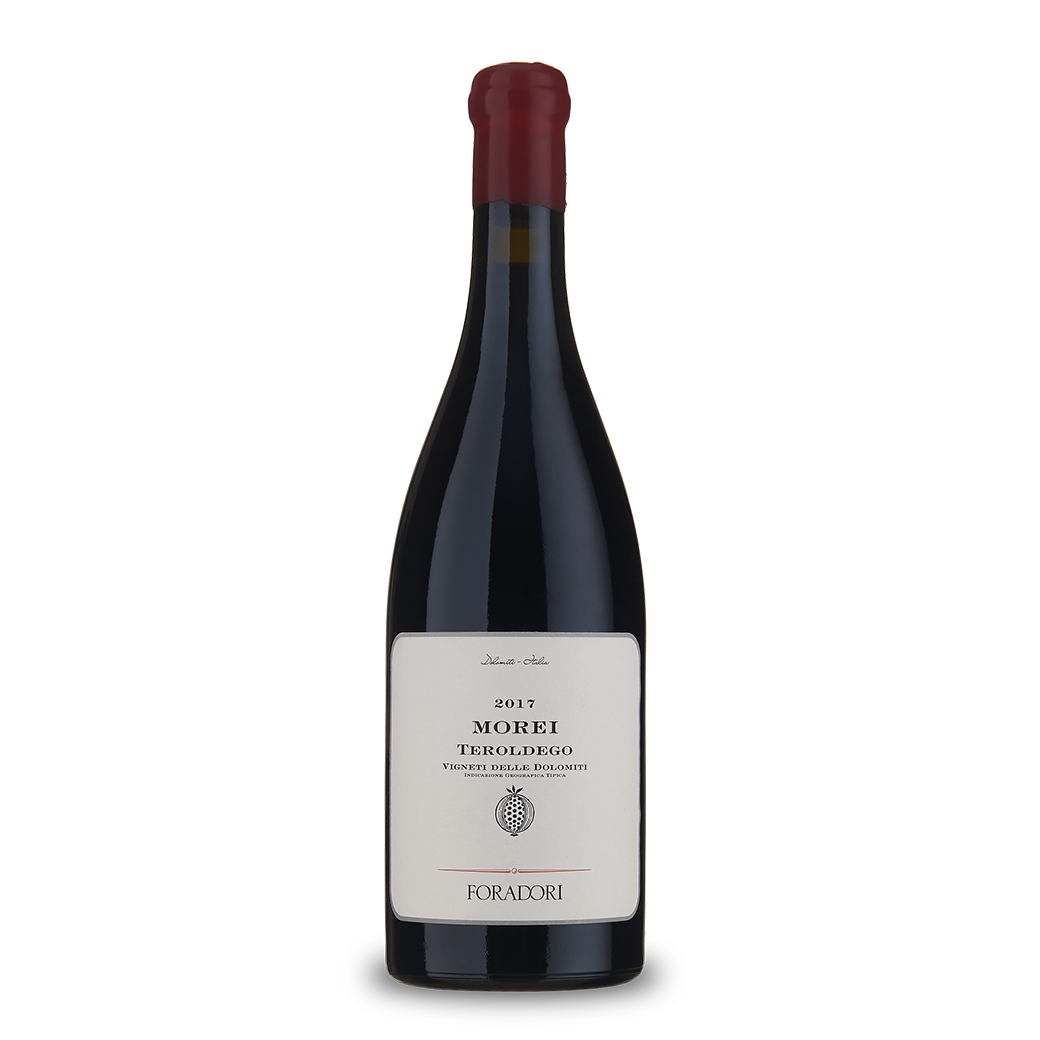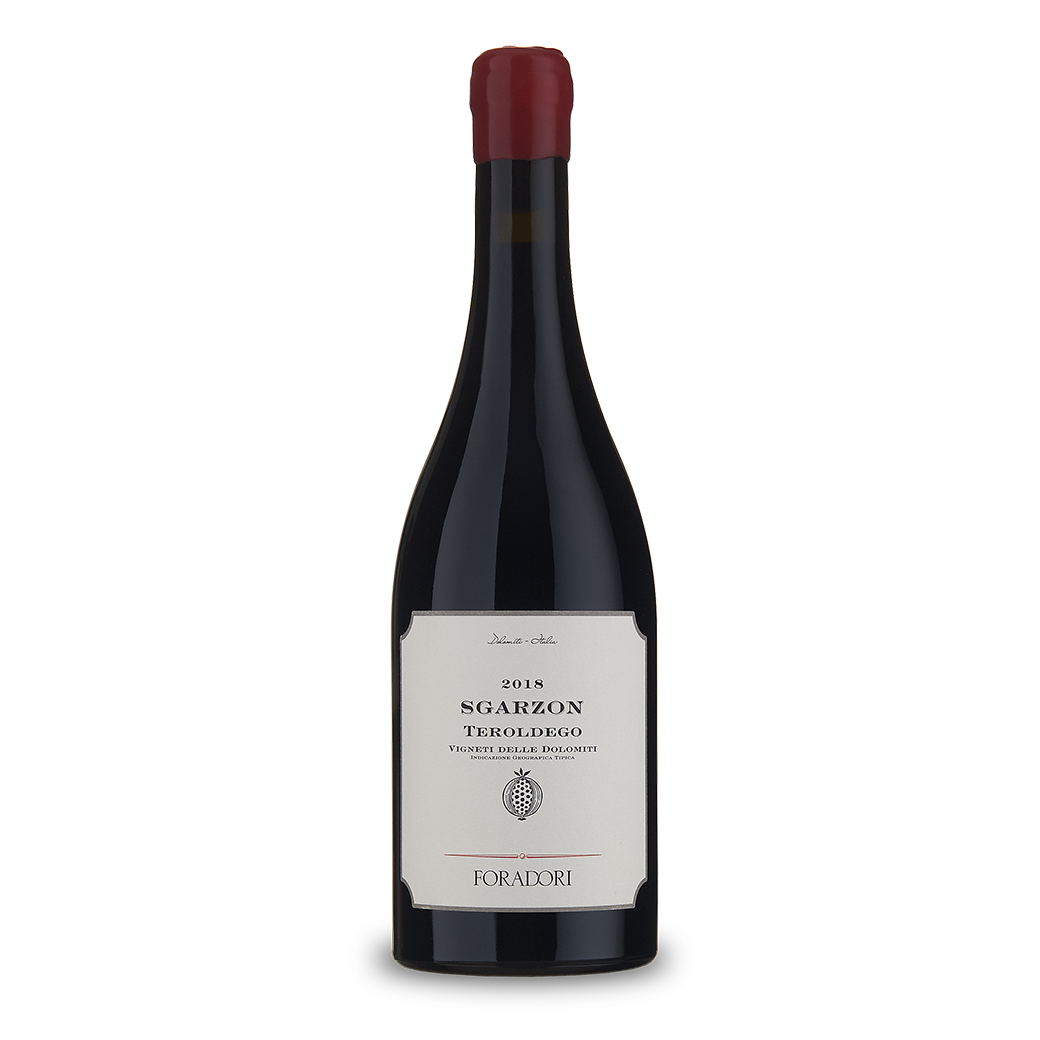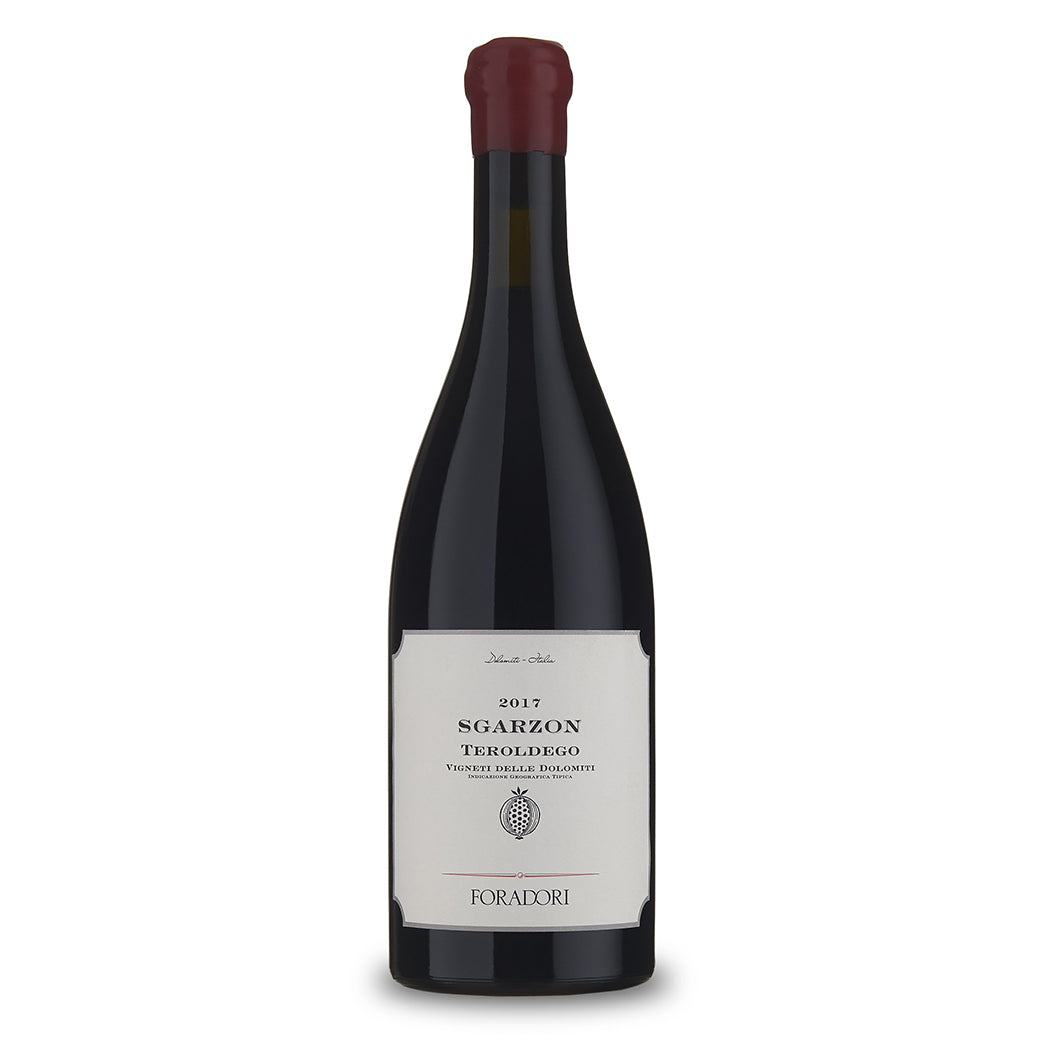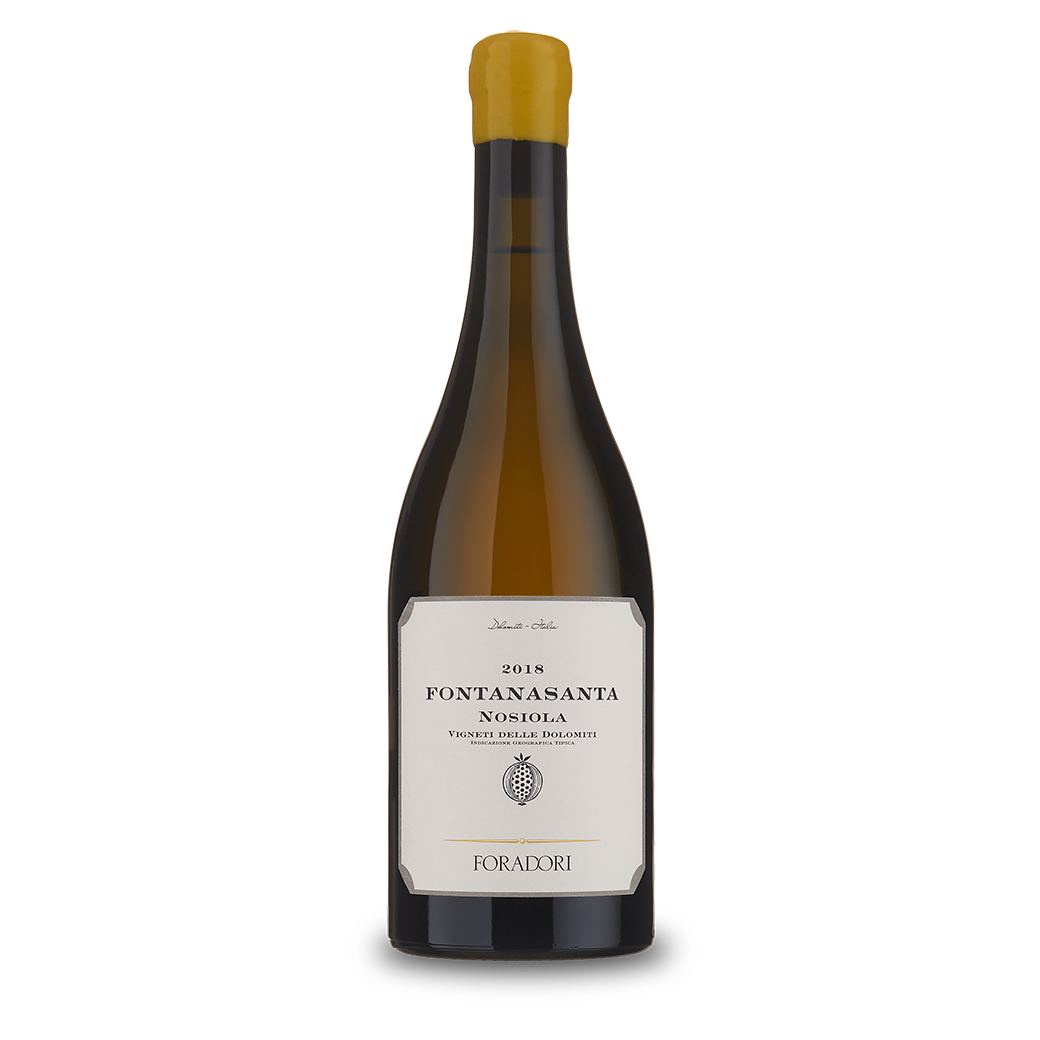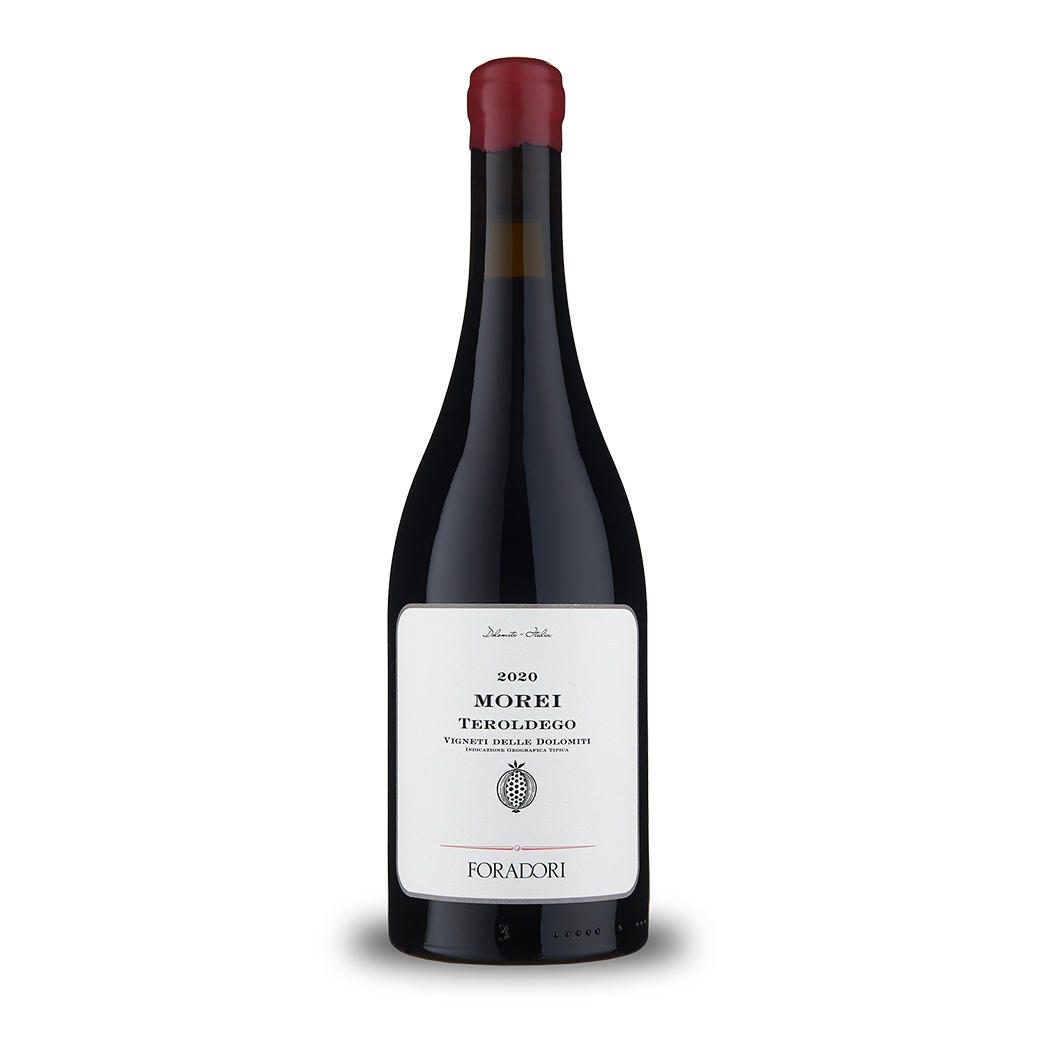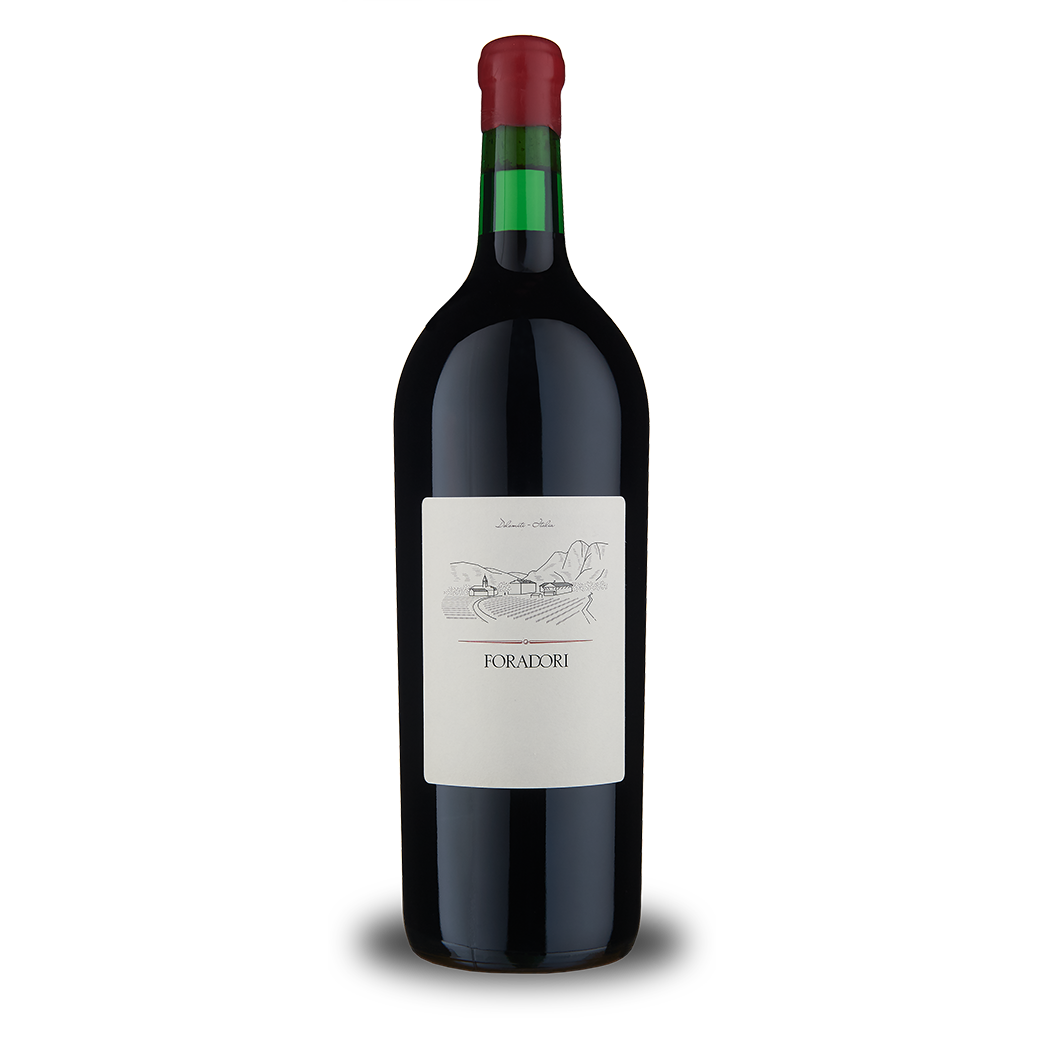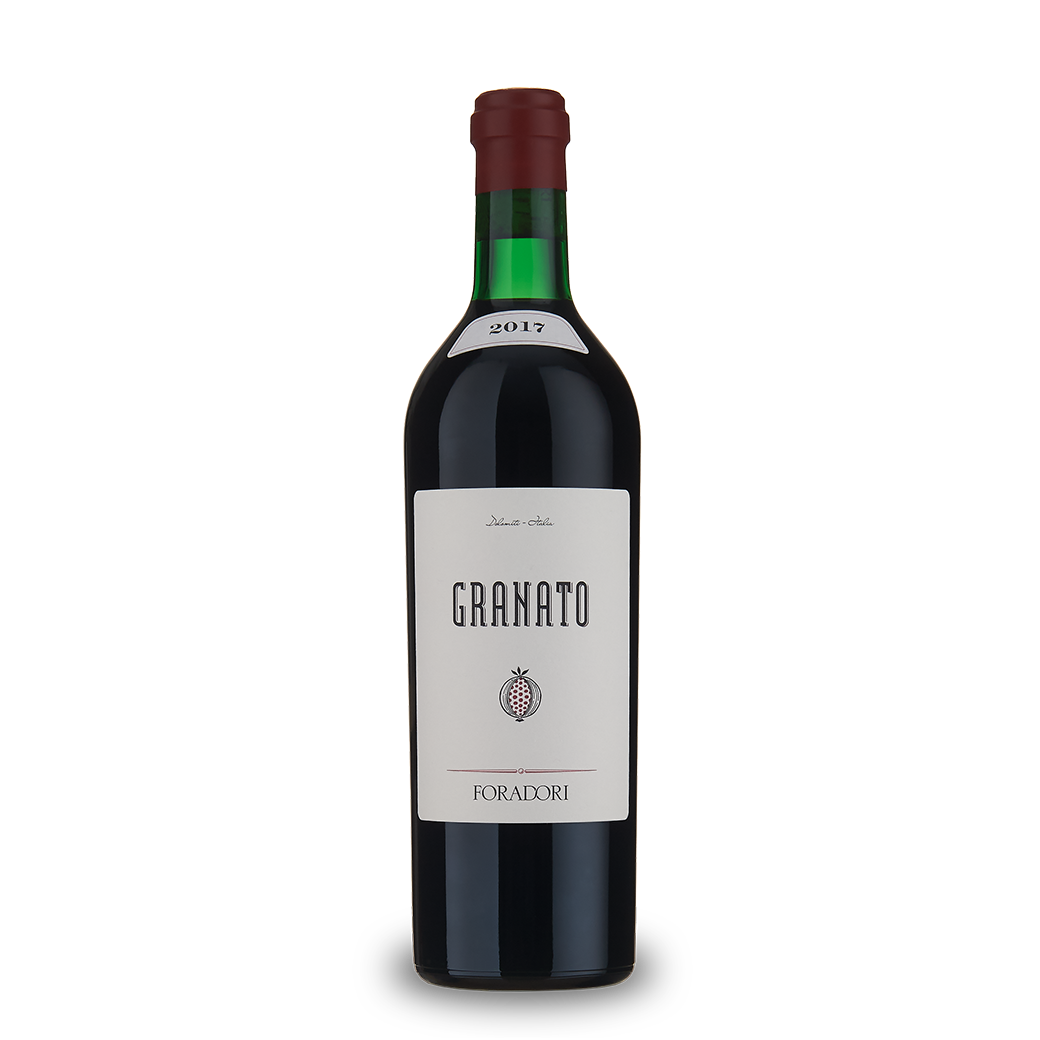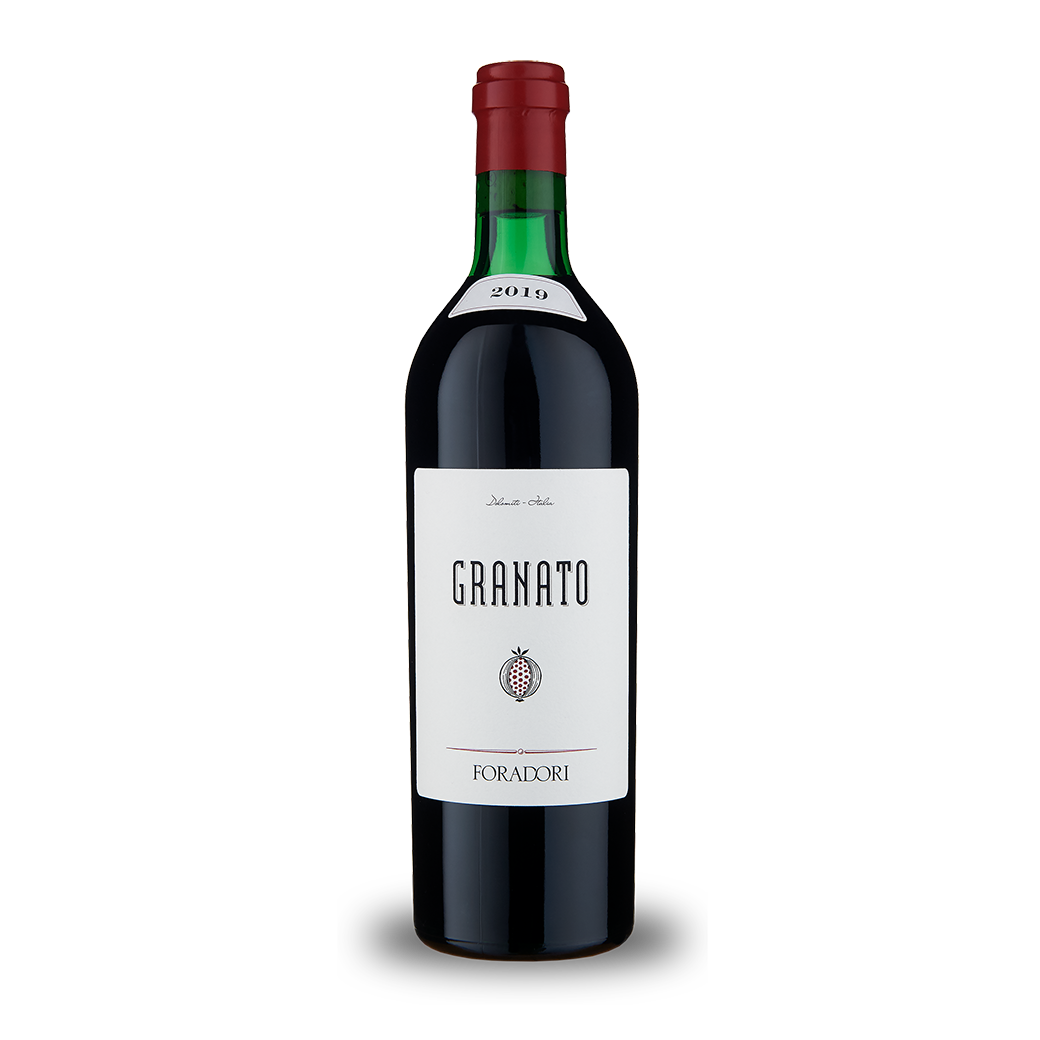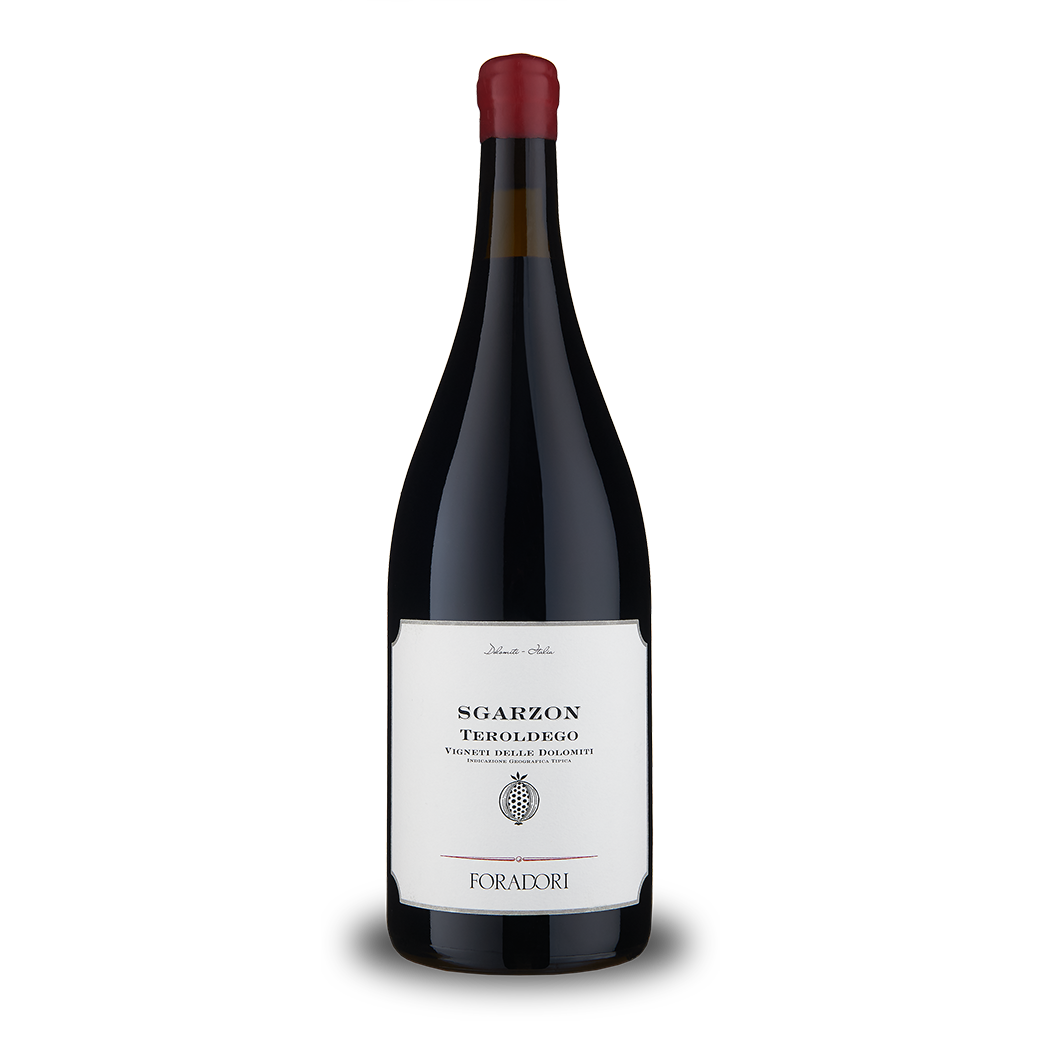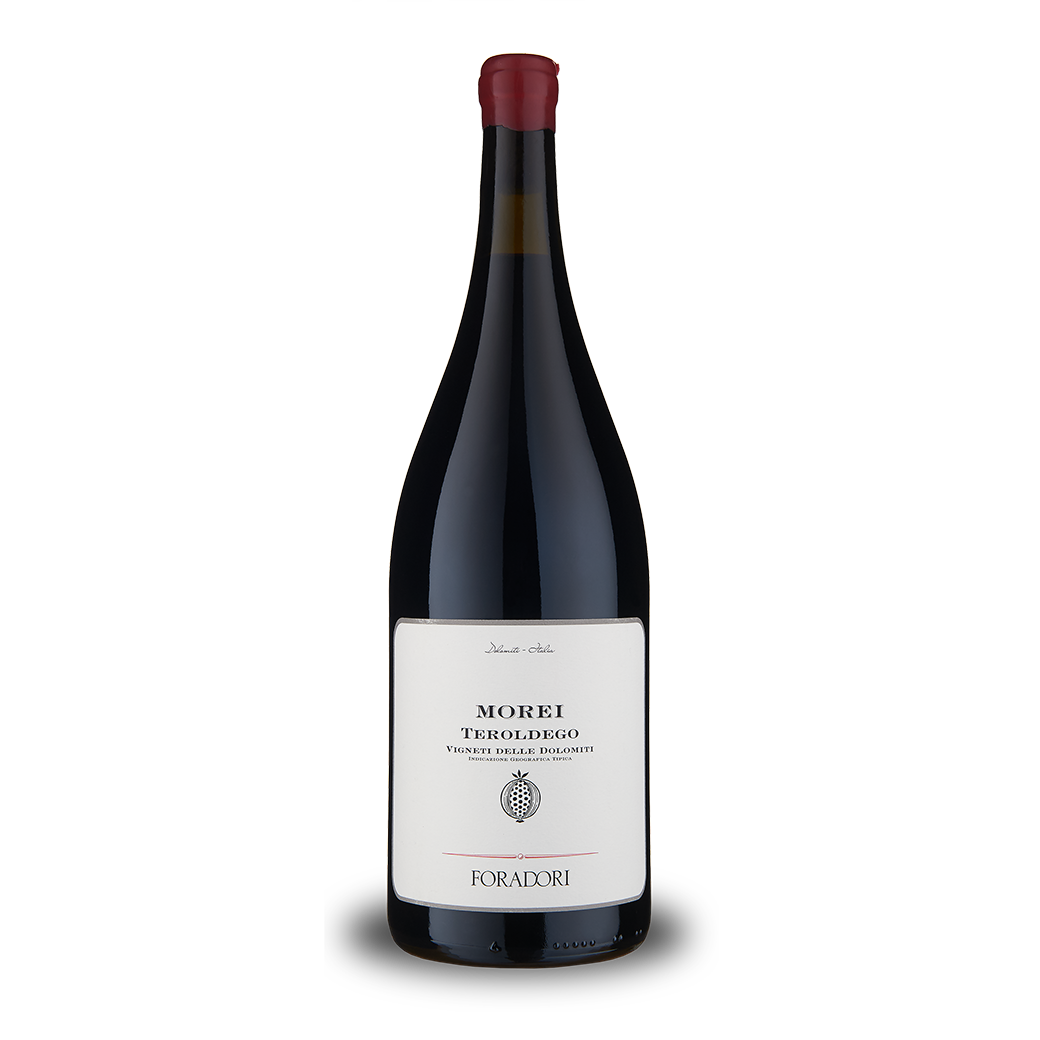Foradori

Their awareness of nature’s rhythms and cycles has been perfected through observation over time: each season opens new horizons, every day they learn and understand a little more.
They have learned to pay attention, to grasp the subtle differences existing in nature and to preserve the true character of the grape in the expression of its land of origin.
Their daily farming gestures are elevated to creative impulses: it is their duty and privilege to wake up every morning and to be free to work according to the message that the earth conveys to them in that moment.
They work surrounded by mountains, cultivating Teroldego and Pinot Grigio on alluvial soils of the Campo Rotaliano, Nosiola and Manzoni Bianco on the calcareous-clayey hills of Cognola.
They have been certified by ICEA and Demeter since 2009, although the estate has been farming biodynamically since 2002.
At the helm today, a fourth generation of winemakers run Foradori’s activities. It was Elisabetta Foradori and Rainer Zierock’s work that led to the salvage and regeneration of the Teroldego grape variety through their cultivation of the grape’s original genetic family. Today their children Emilio, Theo and Myrtha Zierock continue in their footsteps to run the winery.
Emilio manages wine production, while Theo oversees the winery’s business and commerce; Myrtha takes care of Foradori’s farming and gradual expansion.
Together the three of them oversee the smooth running of the winery, supported constantly by their mother Elisabetta. Though Rainer sadly passed away in February 2009, his influence remains fundamental and today his ideas still continue to steer the development of the winery.
THE IDENTITY OF A VINEYARD
The use of biodynamic preparations outbalanced and enhanced the vineyard’s ability to fully express their character.
Thus, since harvest 2009 they resumed the bottling of Teroldego Morei and Teroldego Sgarzon, two vineyards with differing remarks.
Fontanasanta is located in the hills above Trento. In this place full of waterways and biodiversity Nosiola and Manzoni Bianco thrive on a clayey-calcareous soil.
Fuoripista Pinot Grigio represents the character of vineyard sites close to the river Noce on the Southern edge of Campo Rotaliano: it is the gravel deriving from predominantly dolomitic rocks that donates an archetypical structure to this wine.
EXPRESSING TERROIR
By bringing together different plots of land, Foradori wanted to give to the Teroldego variety three expressions:
– Vineyards created through mass selection and the reconstruction of different genetic variability located across the different sites of Campo Rotaliano (Foradori).
– The oldest Foradori vines, three old pergola vineyards which have an average age of 70 years (Granato).
– The young vines which produce a light red wine (Lezèr).

+ Read more
Filters
Filters

